written by Cynthia Rylant and illustrated by Mark Siegel
“Long Night Moon” is a poetic telling of the Native American tradition of naming important things in nature and explaining the value of the item in nature. In this instance, each month of the year has a full moon. The full moon has been named and the significance of the name is woven into the poetry.
January - “Stormy Moon” - helps find your way home…
February - “Snow Moon” - misses its sister, the Sun
March - “Sap Moon” - promise and hope
April - “Sprouting Grass Moon” - for baby birds
May - “Flower Moon” - smiling, a song
June - “Strawberry Moon” - moonlight meal
July - “Thunder Moon” - clouds beat their drums…
August - “Harvest Moon” - blessing calm fields
September - “Coon Moon” - loves small night creatures
October - “Acorn Moon” - biggest moon says good-bye
November - “Frosty Moon” - might just sleep
December - “Long Night Moon” - waits for morning, faithful friend
I would not really call this a book of poetry. Instead, it reminds me more of lyrics to a song intended to be chanted during a nighttime pow-wow in a longhouse under a starry sky danced to by true Native Americans. I am reminded of tales of how the constellations came to be in the sky and other explanations of nature by indigenous people.
The words are written in cursive, not block print, which implies “Long Night Moon” is not for younger children to read without an older child or an adult.
The illustrations are magical. The artwork was originally done in charcoal then digitally enhanced on Arches paper. Arches paper is a specialty brand of watercolor paper with an exceptionally rough surface. The surface allows layering of color to increase depth. The colors are so intense and deep that I was reminded of Maxfield Parrish’s work with blues and purples. Bunnies, deer, other small animals, and even a woman carrying a baby are drawn in caricature, Disney-like but always shadowy and slightly out of focus. This softens the full-bleed drawings leaving the focus “dreamy and luminous”. The moon is drawn as clear but distant, hazy, impacted with craters, and extremely large reminiscent of Milo’s moon in the movie “Moonstruck.”
I looked up “Long Night Moon” on several web sites. Most of the web sites state that Cynthia Rylant named the moons not Native Americans. Several critics were rather severe in their criticism to Rylant’s reference to Native American traditions. However, I believe that trying to follow in the spirit of Native American’s deep respect for nature was Cynthia Rylant’s intent. And who knows, maybe some tribe somewhere actually did name the moons of each month, and that tale was lost.
See this web site for an example:
http://americanindiansinchildrensliterature.blogspot.com/2006_10_17_archive.html
Monday, April 23, 2007
Subscribe to:
Post Comments (Atom)


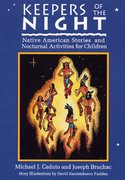

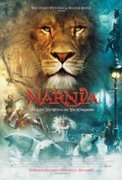

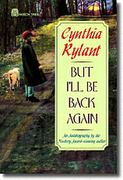

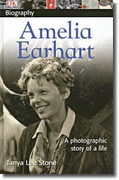

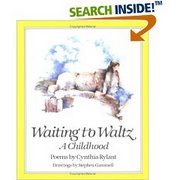

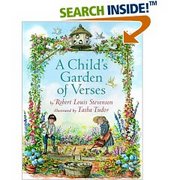
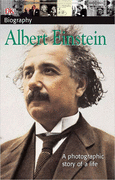
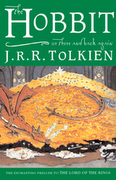
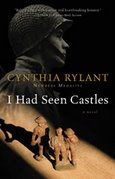
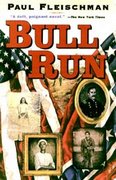
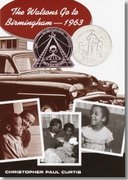
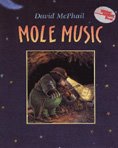
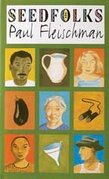


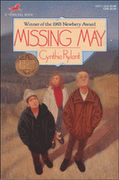
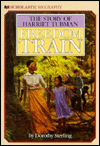
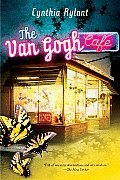
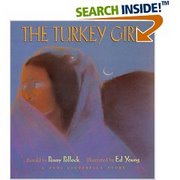

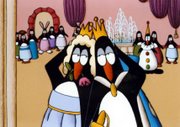

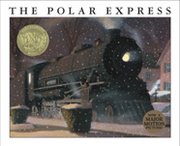
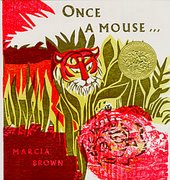
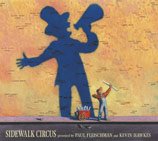
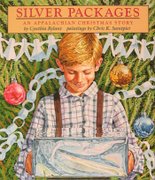
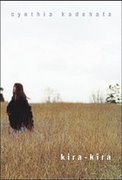

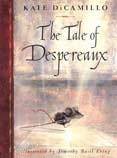
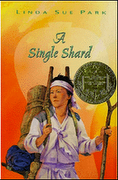
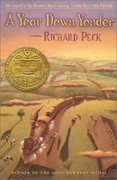


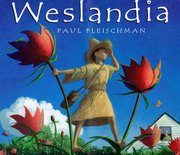

No comments:
Post a Comment